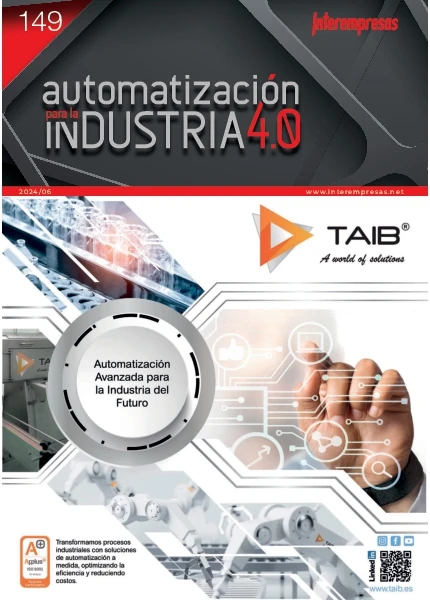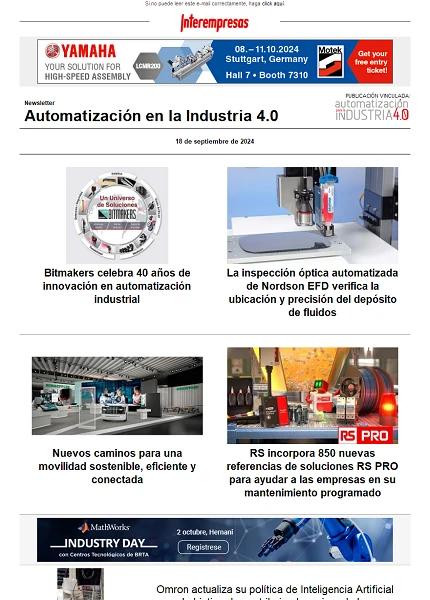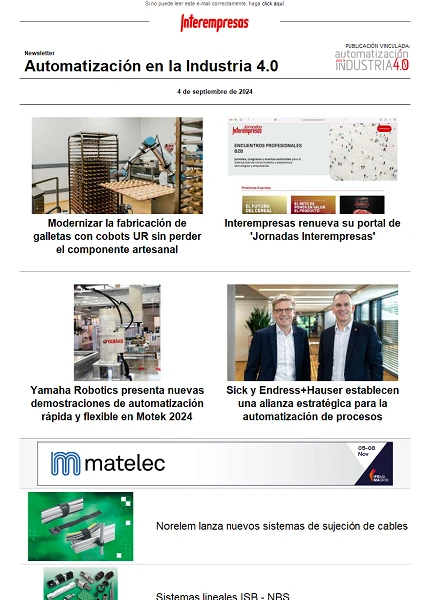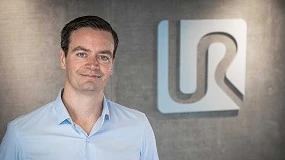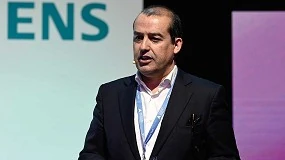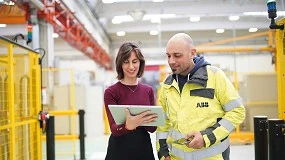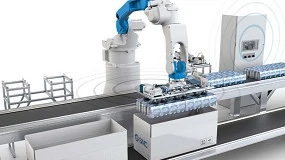"The gap between humans and machines will be closed by 2050"
December 18, 2008
"The industry has made greater progress than anyone can imagine 40 years ago," said Rattner. "There is a speculation about if we could be approaching a point of inflection in which technological advances are accelerating at an exponential rate, and machines can even surpass the humans in their ability to reason in the not too distant future".
Imagine that entering an airport or room with the laptop, rather than consume battery, was recharging. According to the principles set forth by physicists at Mit (Massachusetts Institute of Technology), researchers at Intel have been working in the Wireless Resonant Energy Link (WREL). Rattner demonstrated igniting a 60 watt bulb without using any type of plug, which is more energy than needed a typical laptop.
The magic of WREL is that he promises to supply energy in a safe and efficient. The technology is based on the resonance, a principle similar to allowing a trained singer can break glass using their voice. The natural frequency of reception of resonance, energy is absorbed as efficient, as is that a glass absorbs acoustic energy at its natural frequency. With this technology enabled on a laptop, for example, the batteries may be recharged when the team was at some distance from the transmission of resonance. There are still many scientific challenges, but the company researchers hope to find a way to cut the last cable of mobile devices and, someday, enable wireless energy in Intel-based platforms.
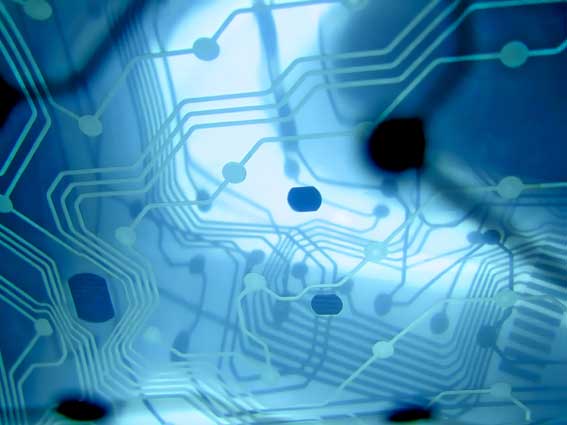
Programmable matter: computers that can change shape
Intel researchers are also investigating how millions of micro robots, called cátomos, could change the shape of the material. If used to replace the casing, screen and keyboard of a computer device, this technology could be possible for a device change shape to adapt to the specific way that is being used. A laptop computer, for example, could be more fine when in a Pocket, then switch to the form of a headset when used as a mobile phone and be more long and flat, with a keyboard, to surf the Internet or watch a movie.
Rattner described this as a matter of difficult research, but in that great progress was being made. He showed for the first time the results of a novel technique for the manufacture of fine Silicon panels called Photolithography, a process used to manufacture silicon chips today. This capacity is one of the main structural pillars needed to make functional cátomos, and will be easier to bring together the necessary, both computer and mechanical components in a few small packages of less than a millimeter in length. This technique is compatible with the existing manufacturing on a large scale and opens up the possibility of manufacturing cátomos at great pace in the future.
Dr. Michael Garner, director of the programme of materials emerging from Intel Roadmap, joined Rattner on the stage to discuss the importance of investigating new technologies of silicon, maintaining valid over the next decade and even more Moore's law. Among other things, Intel is investigating how to go from flat transistors to transistors in 3D and is looking for a way to use semiconductor compounds to replace the Silicon in the transmission channel. Going further still, Intel is exploring a variety of technologies based on the absence of burden that someday may replace the CMOS.
Almost human robots
Today, the robots are mainly used in factory environments, designed to perform a simple repetitive task very quickly. To do personal robots, they need to move and manipulate objects in dynamic, and disordered human environments with Rattner. They need to be aware of their surroundings to feel and recognize the movement in a dynamic world physically, at the same time to learn to adapt to new scenarios. In one of the demos was an electric field which anticipated the friction and which had been incorporated to a robot hand. This technique is a mode of perception that use fish, not human, so they can "feel" objects rather than not even touch them. Another demonstration was a completely autonomous and mobile robot which can recognize faces and interpret and run generic commands such as "please organize this disaster" using planning movement, manipulation, perception and artificial intelligence.
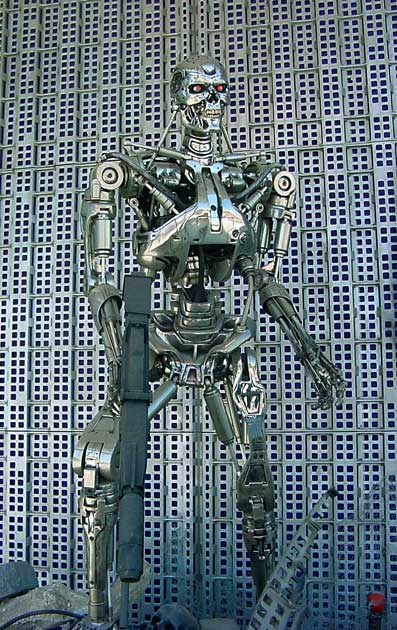
In addition to the robots become more and more human, Rattner said he believed that the innovation will continue to make the stronger interaction of humans and machines. Randy Breen, CPO of Emotiv Systems, joined Rattner on stage to demonstrate the headphones COPD from the company. The Emotiv EPOC identify patterns of brain waves, processed them in real time and tell him to a game what thoughts aware or not aware has had the user, such as easy expressions or emotions and conscious actions. A user with these headphones might think smile or pick up an object and an avatar in a game would execute it. Currently, COPD can be identified more than 30 different detection through 16 sensors in the headphones.


